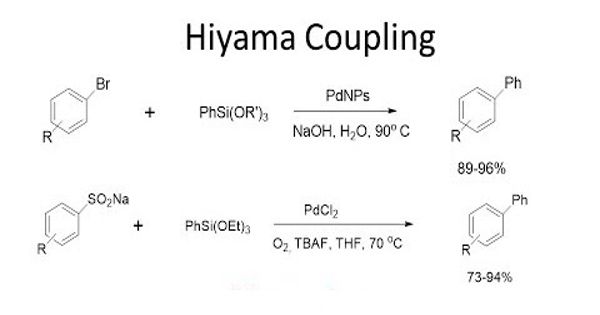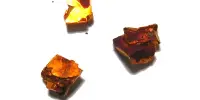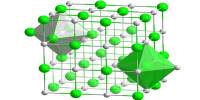A novel material for single-molecule electronic switches has been created by researchers, and it is capable of effectively varying current at the nanoscale in response to external inputs. This molecular switch’s component has a special structure that was developed by locking a linear molecule backbone into a ladder-like form.
According to a recent study, the material is far more stable due to its ladder-type molecular structure, making it extremely promising for usage in single-molecule electronics applications.
The work, which was published in the journal Chem, demonstrates that the ladder-type molecule functions as a reliable and reversible molecular switch throughout a broad range of conductivity levels and various molecular states.
“Our work provides a significant step forward towards the development of functional molecular electronic devices,” says Charles Schroeder, who is the James Economy Professor of Materials Science and Engineering and Professor of Chemical and Biomolecular Engineering at the University of Illinois Urbana-Champaign.
The scientists employed novel chemical synthesis techniques to lock the molecular backbone and stop the molecule from rotating in order to increase the molecule’s chemical and mechanical stability. This is equivalent to turning a rope ladder into something more stable, like metal or wood.
“Imagine a light switch that we turn on and off every day, but instead of flipping an actual switch, we add chemical or electrochemical stimuli to turn the electrical signal from the material on and off,” says lead author and former graduate student Jialing (Caroline) Li. “Compared to bulk inorganic materials, organic single molecules can be made into basic electrical components, like wires and transistors, and will help enable the ultimate goal of shrinking electrical circuits.”
Researchers have been struggling to minimize the size of the transistor to fit as many as possible on chips for semiconductors, usually using inorganic materials like silicon. An alternative way of doing that is using organic materials like a single-molecule material to conduct the electrons and replace the inorganic counterparts.
Jialing (Caroline) Li
Single-molecule electrical devices are built as junctions with two terminal groups commonly attached to metal electrodes by a single molecule bridge. By incorporating a bridge element that responds to stimuli, such as pH, visual fields, electric fields, magnetic fields, mechanical forces, and electrochemical control, these devices can be made programmable.
“The molecular scale switch has been a very popular subject in studies of single molecule electronics,” Li explains. “But realizing a multi-state switch on a molecular scale is challenging because we require a material that is conductive and has several different molecular charge states, and we require the material to be very stable so it can be switched on and off for many cycles.”
Li investigated a variety of other organic compounds, but all had the disadvantage of being unstable in normal settings and readily degrading when exposed to oxygen. After searching for the ideal material for a long time, Li struck gold when she stumbled upon a material from a research group at Texas A&M University (collaborators on this project) and immediately identified it as ideal for her purposes.
Locking the molecule’s backbone modifies its structure, preventing hydrolysis, chemical breakdown brought on by an interaction with water, and other degradation reactions from happening. Additionally, because the material cannot rotate or change forms, characterisation is made simpler.
The molecule’s electrical characteristics are improved by its stiff, coplanar structure, which facilitates electron flow through the substance. When external stimuli are applied that result in noticeably varied amounts of conductivity, the ladder-type structure enables stable molecular charge states, enabling multi-state switching.
This substance almost completely satisfies the criteria needed to be used in single-molecule electronic devices: it is stable in ambient circumstances, can be repeatedly turned on and off, is conductive (albeit not as conductive as metal), and is available in a variety of molecular states.
“Researchers have been struggling to minimize the size of the transistor to fit as many as possible on chips for semiconductors, usually using inorganic materials like silicon,” Li says. “An alternative way of doing that is using organic materials like a single-molecule material to conduct the electrons and replace the inorganic counterparts.”
This study’s usage of a ladder-type structure indicates that such materials could be useful for single-molecule transistors.
Single-molecule electronics now only use one unit of the molecule, but it is theoretically conceivable to expand the length to include more repeating units in order to create a longer molecular wire. Even across a greater distance, the team is certain that the material will continue to be highly conductive.















